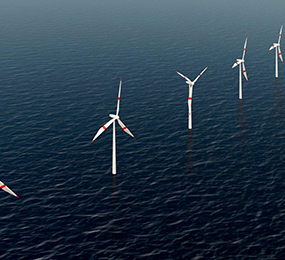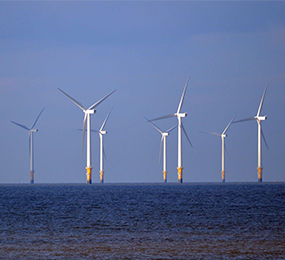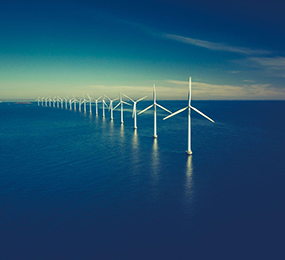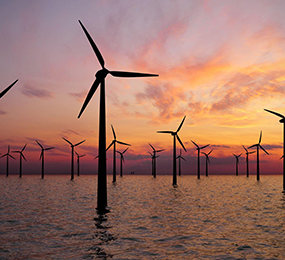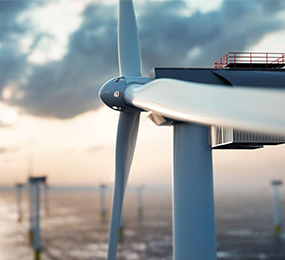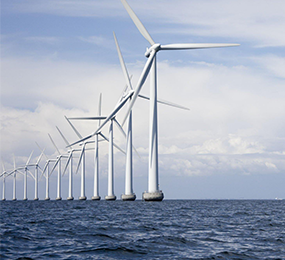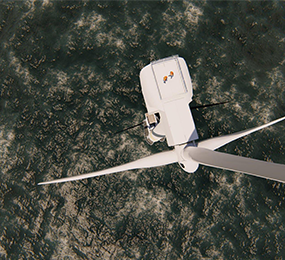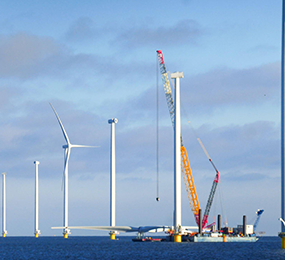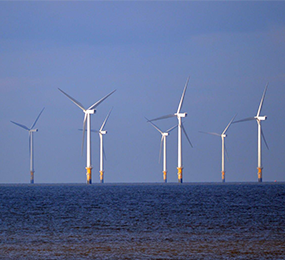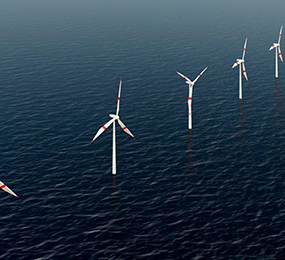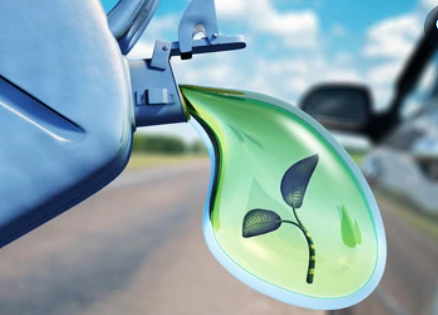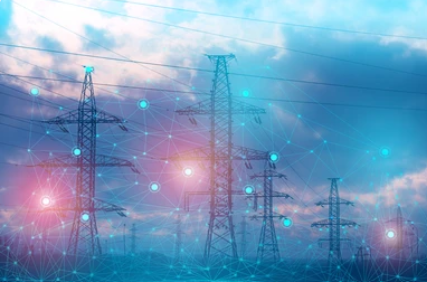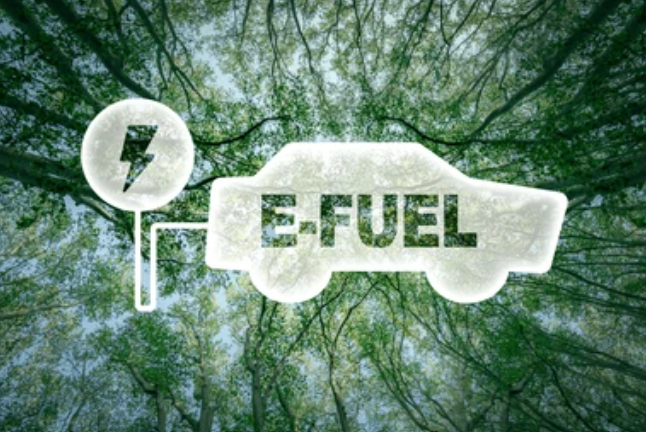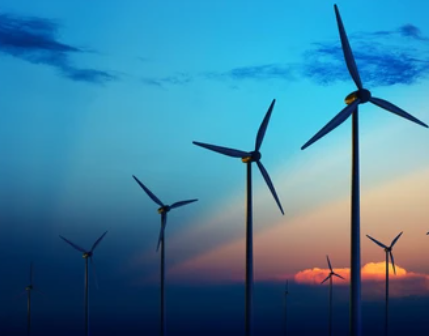Floating offshore wind energy offers a glimpse into a clean energy future, but its potential is tethered to a crucial factor: cost. While the technology holds immense promise, its economic viability hinges on making it more affordable. Let's delve into the factors influencing the cost of floating wind farms and explore how the industry is working to bring down the price tag.
Breaking Down the Bill: Key Cost Components
The cost of a floating offshore wind farm can be broken down into several key components. The design, construction, and installation of the floating platform and mooring system represent a significant portion of the initial investment. Additionally, the wind turbine itself, along with electrical infrastructure and grid connection costs, contribute to the overall price tag. Operation and maintenance costs, while lower than traditional offshore wind due to fewer moving parts, still factor into the equation.
The LCOE Lens: Understanding the Long-Term Picture
When evaluating the cost of floating offshore wind energy, it's crucial to consider the levelized cost of energy (LCOE). LCOE takes into account all costs associated with a project over its lifespan, divided by the total energy produced. This provides a more accurate picture of the long-term economic viability compared to just focusing on upfront costs.
Navigating the Cost Curve: A Race for Efficiency
The good news is that the cost of floating offshore wind energy is on a downward trajectory. Economies of scale are kicking in as project sizes increase, leading to lower per-unit costs. Additionally, advancements in materials science and wind turbine technology are contributing to improved efficiency and performance, ultimately reducing LCOE.
Strategies for Cost Reduction: Innovation and Collaboration
The industry is actively pursuing several strategies to further reduce the cost of floating offshore wind energy. Streamlining permitting processes and fostering a collaborative environment between governments and developers can incentivize investment and reduce project timelines. Additionally, innovative financing models, such as power purchase agreements with guaranteed prices, can mitigate risk for developers and attract investment.
Looking Towards the Horizon: A More Affordable Future
While the cost of floating offshore wind energy remains higher than traditional offshore wind farms, the trajectory is encouraging. Continued innovation, collaboration, and economies of scale promise to bring down the LCOE and make floating wind a more competitive clean energy option. As the technology matures and costs become more affordable, floating offshore wind farms have the potential to play a significant role in powering a sustainable future.
To register or learn more about the Forum please check here: https://www.leadventgrp.com/events/5th-annual-floating-wind-europe/details
For more information and group participation, contact us: [email protected]


